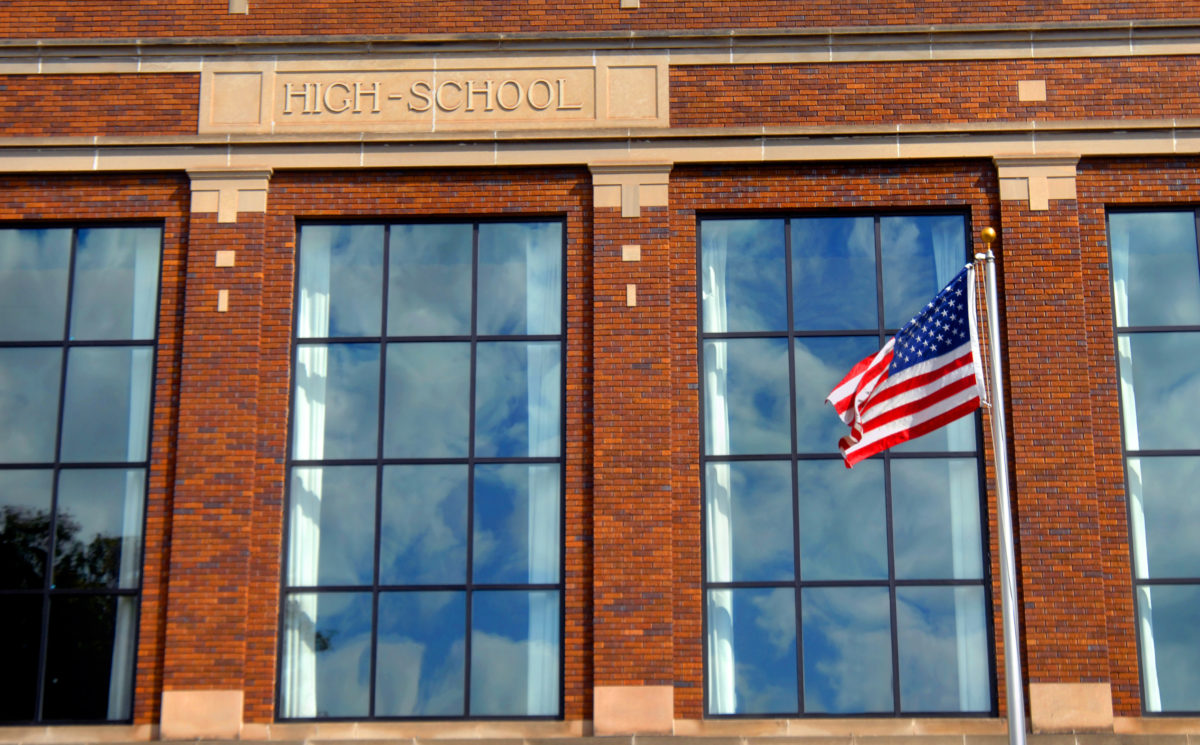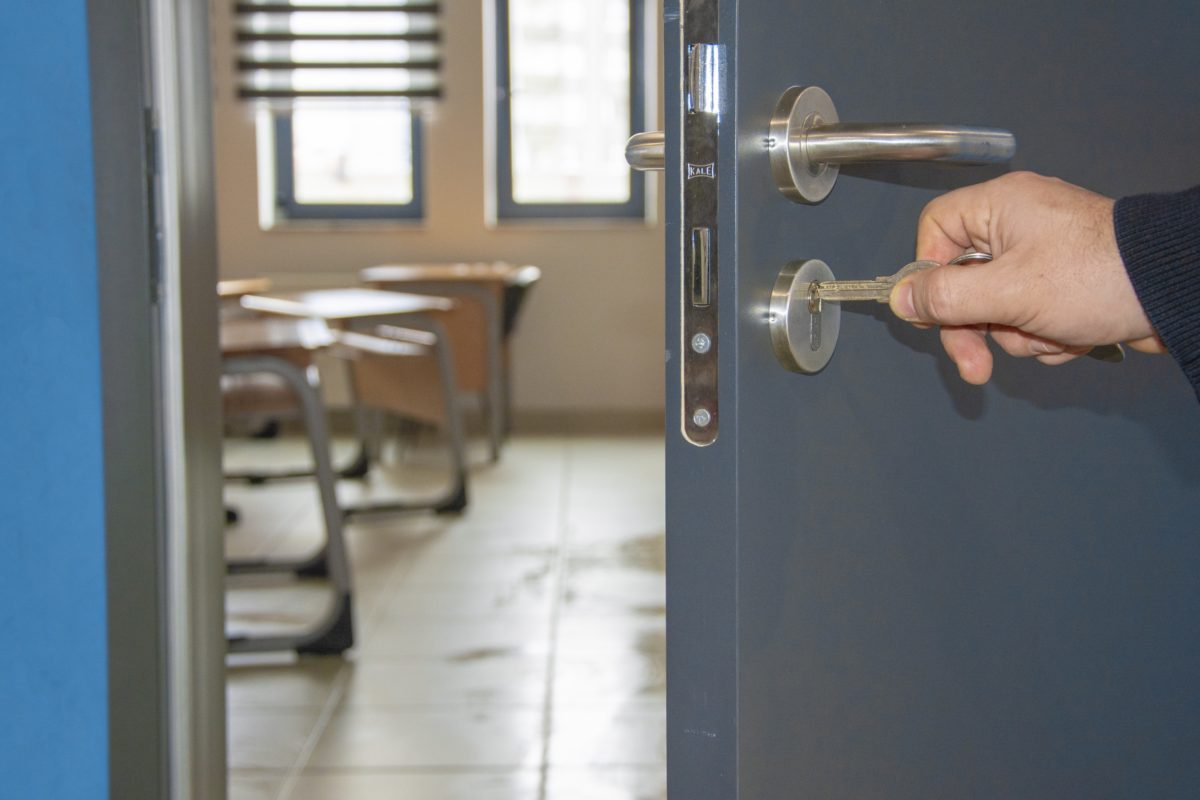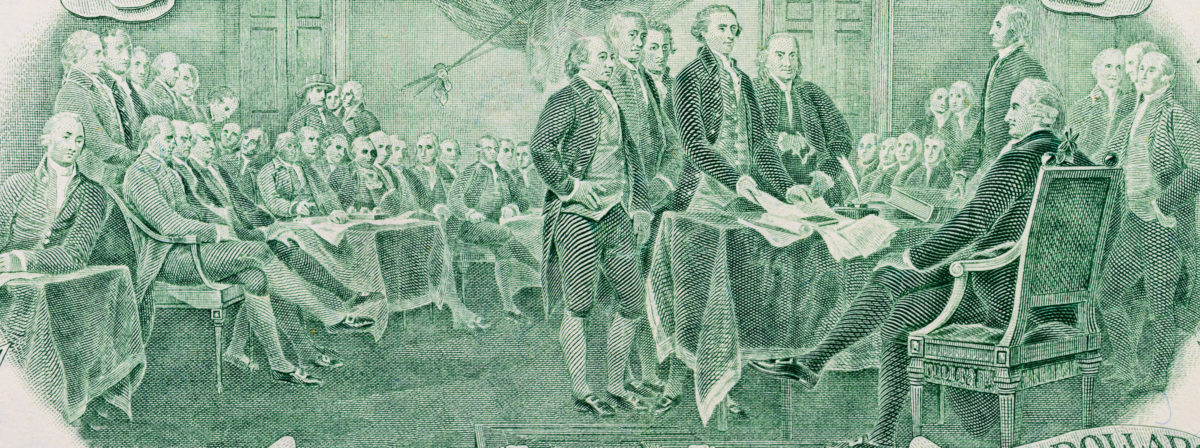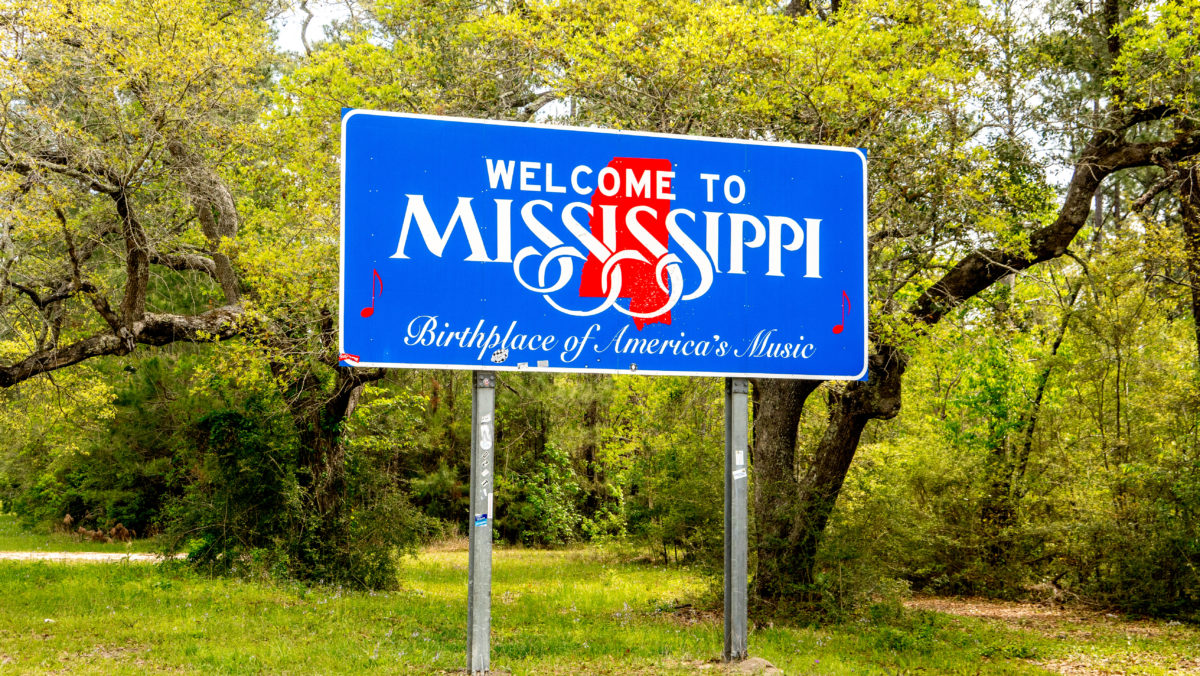


$130 Billion & First 100 Days

When Remote Learning Works

Election Implications for Education

Consider Year Round School
The Coronavirus has upended nearly every aspect of our lives—forcing thousands of businesses to close (many permanently), shuttered most schools until next fall, and skyrocketed unemployment. Add to this the social and emotional cost. I can only wonder how the children and families who were already experiencing hard times are now handling this. While this crisis presents a near-term national challenge unlike any other, we need to also think about the future beyond the virus. This leads to an educational concept we should consider: year-round school. While current educational schedules may meet the needs of some, it’s clear that some children need to more hours per day and more days per year in class in order to achieve even today’s Read More ›

Preparing to Reopen Schools

Equity Concerns for Education Access During COVID-19 Closures
Clearly, closing school doors can bring both positive and negative results. The obvious positive: closing may slow the peak of the spreading virus. However, the CDC reports that 19-year-olds and younger appear to have milder COVID-19 illness, with almost no hospitalizations or deaths reported to date in the United States in this age group. However, the fear is that they can still carry and spread the virus. On the flip side, for a large number of children, the best place for them to be is actually in school. Many parents remain working, and some children may lack access to educational materials or even meals at home. And what is to limit children from contacting others when they’re away from school? Read More ›

Our Way of Life is Worth Preserving
Tradition is under attack in America’s educational system. Dissolving the connections with our history will break society. Edmund Burke argues in Reflections on the Revolution in France that “Men… [are] becom[ing] little better than the flies of a summer,” each generation vanishing and giving nothing but the simple fact of their life on to the next. There are unfortunate, but not surprising, similarities between the French Revolution and the current battleground of education in the United States. Much like the French civilization in the 18th century, we have become deluded with a belief that the only way to change is to abolish what we have come to know. Burke’s commentary is equally fitting for our time as his, when he Read More ›

Progressivism Fails to Clear the Gap
A recent report, The Secret Shame, shows the deleterious effects of progressive policies on education outcomes of minorities. The report concludes that the top 12 progressive cities such as San Francisco, Seattle, Washington, D.C., and Detroit have larger educational achievement gaps between whites and minorities than the top 12 conservative cities, such as Fort Worth, Anaheim, Virginia Beach, and Oklahoma City. Specifically, “progressive cities, on average, have achievement gaps in math and reading that are 15 and 13 percentage points higher than in conservative cities.” To determine the progressive and conservative cities, the report relied on independent political scientists Chris Tausanovitch and Christopher Warshaw who “pooled data from seven large surveys of U.S. public opinion to rank the nation’s biggest Read More ›

Mississippi Should Take Education Head On
Mississippi’s 2020 legislative session, which started on January 7, will have plenty of bills for lawmakers to sort through. Let’s hope education is at the top of their priorities. According to a U.S. news report, Mississippi ranks 46th out of 50 in K-12 education standards. Clearly a lot of room for improvement, which is why ACTE is partnering with Empower Mississippi – an independent, nonprofit advocacy organization with the vision for Mississippians to have opportunities to make choices that improve their lives through education – to begin shifting the conversation toward a fundamental transformation of their education system. Don Nielsen, a twenty-five-year school activist and program chair to ACTE, offers innovative solutions to the educational challenges facing our country. He Read More ›
